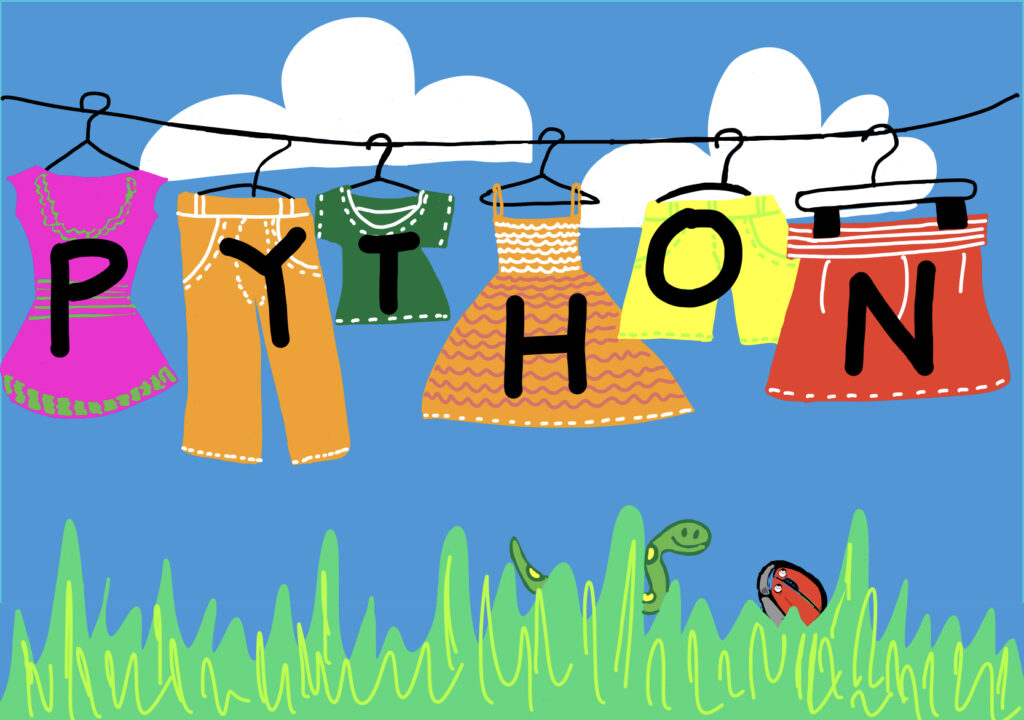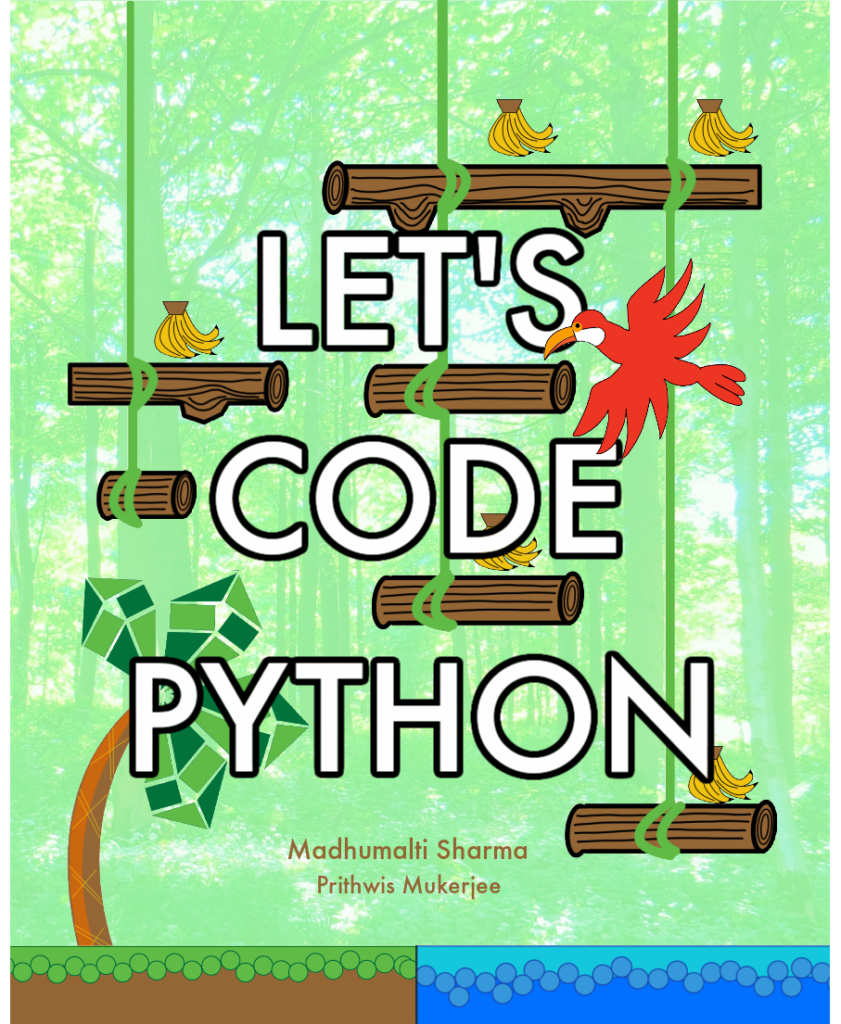Over the weekend, EASE – European Association of STEAM Educators had a conversation with Madhumalti Sharma, author of Let’s Code Python: A Beginner’s Guide with a hint of Data Science.
1- In your opinion, what is the value of programming for children and youth today?
“Learning to code is like learning to think, ” Atreyam (Leo), Co-Founder of Workshop4Me, who also is my son, always says. Children today are growing up with technology and devices all around them. It is important that they move from being just “consumers” to “creators” using technology. Learning to code will help them do just that – not only play games but learn to create their own game. Learning programming will help them get the 21st century skills – the 4C’s of Education, – Creativity, Critical thinking, Communication, and Collaboration.
2- Who is the book you are publishing addressed to?
The book is aimed at middle and high school children (12 year old onwards) to move from block-based programming (eg. Scratch) to text-based programming. This book will help children who do not have a background in text-based computer programming to learn Python fundamentals. To arouse the curiosity, a glimpse has been given in the book on using Python for Data Science. That being said, recently an 8 year old, the niece of a friend started reading it and was intrigued, enjoyed it and wants to go further. It has also been read by professionals who found it useful to get started on programming Python.

3- What can we find in the content of your book?
The book starts with the basics and teaches about variables, loops, functions, how to draw in Python, and then goes into the module Pandas used for doing data manipulation. Each chapter has exercises and builds upon the previous knowledge gained. The key terms are explained in a simple manner. There are pictures within the book to make it interesting. There is an ‘Ask yourself’ section at the end of each chapter to make the reader reflect and learn more. Children will also walk through two detailed exercises that will demonstrate how these tools can be used in retail sales and multinational eCommerce scenarios. The contents and sample pages can be found here – LOOK INSIDE
4- Is it the first book you publish?
Yes, this is my first book. However, Prithwis Mukerjee, my co-author has written books before. When I looked at the existing Python books, all of them looked intimidating – not something that would naturally appeal to a beginner. Also, they require installation to get started. What is different and simple about this book is that there is no installation required. We use Google Colab to write and execute code. The reader can just use his Gmail account like on Google Docs and Google Photos. They can write and execute the code online and access programs from anywhere as it is on the cloud.

5- Why did you choose the Python programming language? What are the advantages of this language in your perspective?
Python is one of the most popular programming languages and one of the best to start a text-based coding journey. It is simple, easy to use yet very powerful and versatile. It is equally favored by students and professionals. It is a great language to learn as a beginner or when moving up from block-based language like Scratch.
6- Why Data Science through Python? How can this approach be useful in the classroom or in life?
Children today are growing up in a world full of lots and lots of data. From the number of subscriptions they have on YouTube, to the number of Google Reviews they have read or written on a restaurant to the movies and shows they watch on Netflix based on recommendations off their predicted likes – all of these have a deep connection with data. Data is termed as the new oil thanks to its intrinsic value. This is why the most powerful companies on the planet like Google, Facebook, Netflix, Amazon owe their immense clout to the huge amount of data that they have accumulated about people and their behavior. You have heard of the term Big Data which is all about gathering, storing, managing these multi-terabytes or more of data. Using this data to draw inferences about the past and more importantly making predictions about the future is Data Science. Data Science uses many next generation tools to handle Big Data and Python is one such tool that is very widely used today.
7 – In your opinion, at what age can you start learning programming code?
Children are learning computational thinking from the time they are born. In Luxembourg schools it is being introduced from kindergarten where off-screen activities are introduced to get the children to learn to break down a problem and solve it in steps. Today children as young as 2-3 years old are using the screen as consumers. I would rather that children use devices to create. Getting children from the time they are 4-5 years old to create and solve puzzles is a great way to start coding. They can start with block-based programs like Scratch Jr, Kodable, Lightbot and then as move to Scratch, AppInventor before going to text-based programming languages.

8- What do you think of the EASE movement and what message would you like to send to our readers?
A platform to bring together educators, companies, policy-makers both in formal and informal education for the benefit of the children and young people in the area of STEAM is a great initiative! We know that the jobs of today will not be there in 5-10 years from now. What we need to equip the children with are skills of problem solving, creativity, critical thinking, communication, collaboration and STEAM is a great way to bring it in. The areas of work for EASE are all important ones for this community:
– Supporting STEAM Educators
– Promoting STEAM pedagogy
– Content and good practice exchange
– Resources, lessons plans and learning scenarios
– Training and certification of educators
– Sponsorship for materials and equipment
– European projects, funding and grants
I would like to tell our readers that this a movement that should spread organically all over Europe. Everyone should contribute by getting their friends who are in the education space to join the community and contribute in whatever way they can – with articles, links, knowledge. This is the way to make the Digital Europe dream a reality.

